Introduction to the flavor and taste of Xidama Sun Huakui 7.0 Coffee Bean Humbela Sakui Coffee in the new season

Huakui coffee beans have been deeply concerned by domestic coffee practitioners and enthusiasts. The whole coffee circle has been discussed before the new season Sakuran coffee beans arrive in Hong Kong every year. Everyone hopes that the new year's Huakui coffee will still be as sweet as strawberries and smooth as cream.

And the latest season of Sakui 7.0 came to Hong Kong and China in May this year, and many friends also bought fresh hot (described in Cantonese as very fresh) Sakui 7.0 coffee beans. But...
"Why does Sakuran 7.0 have no taste of Sakuran?"
"what a smell of Yega Xuefei!"
"it's not the sun from the buku abel processing plant, which means it's not Sakuran!"

After Hongshun Company put Huakui 7.0 coffee raw beans on the shelf, and all roasters put Huakui 7.0 coffee beans on the shelf, they all received questions about the authenticity of Huakui 7.0 coffee beans. Some are different from the 2017 champion batch of Sakui coffee beans, and some are not from the Buku Abel processing plant, so they are not considered to be Sakui coffee beans.
So, what are Huakui coffee beans?
2017 TOH (a coffee bean competition launched by the African Coffee Association among African producing countries), a tanning batch of Ethiopian native coffee beans from the Humbela region and DW's "Buku Abel" processing plant won the 2017 TOH category with its strong strawberry and cream aroma.
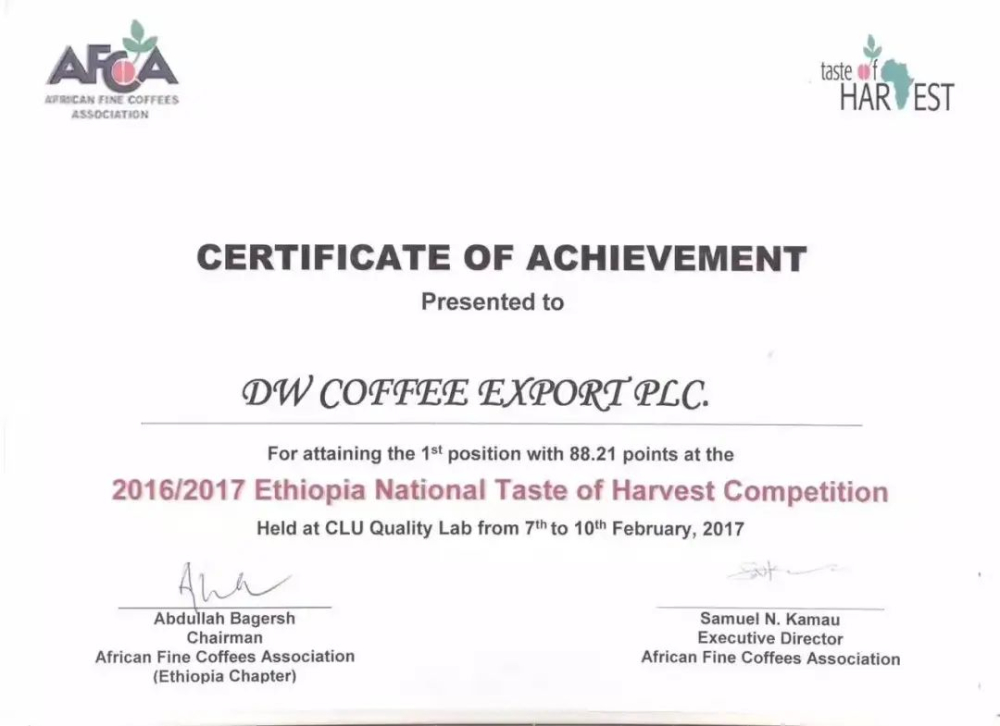
In the same year, the champion batch of raw beans were introduced by raw bean traders in Beijing before they were named "Sakuran", implying the head of a hundred flowers and enchanting appearance. Chinese coffee fans really knew Huakui Coffee beans in the 2017 World Coffee Brewing Competition, and Li Jianfei, the runner-up in China, used this batch of Huakui coffee beans to beat many contestants in the rosy summer coffee.
As a result, the coffee beans of "Sakuran" soon became popular throughout the coffee circle in China! At that time, many friends were conquered by the rich strawberry flavor of the 2017 batch of Huakui coffee beans. Also many friends believe that Sakui coffee beans must come from the Buku abel processing plant, Sakui coffee should have a strong strawberry flavor.
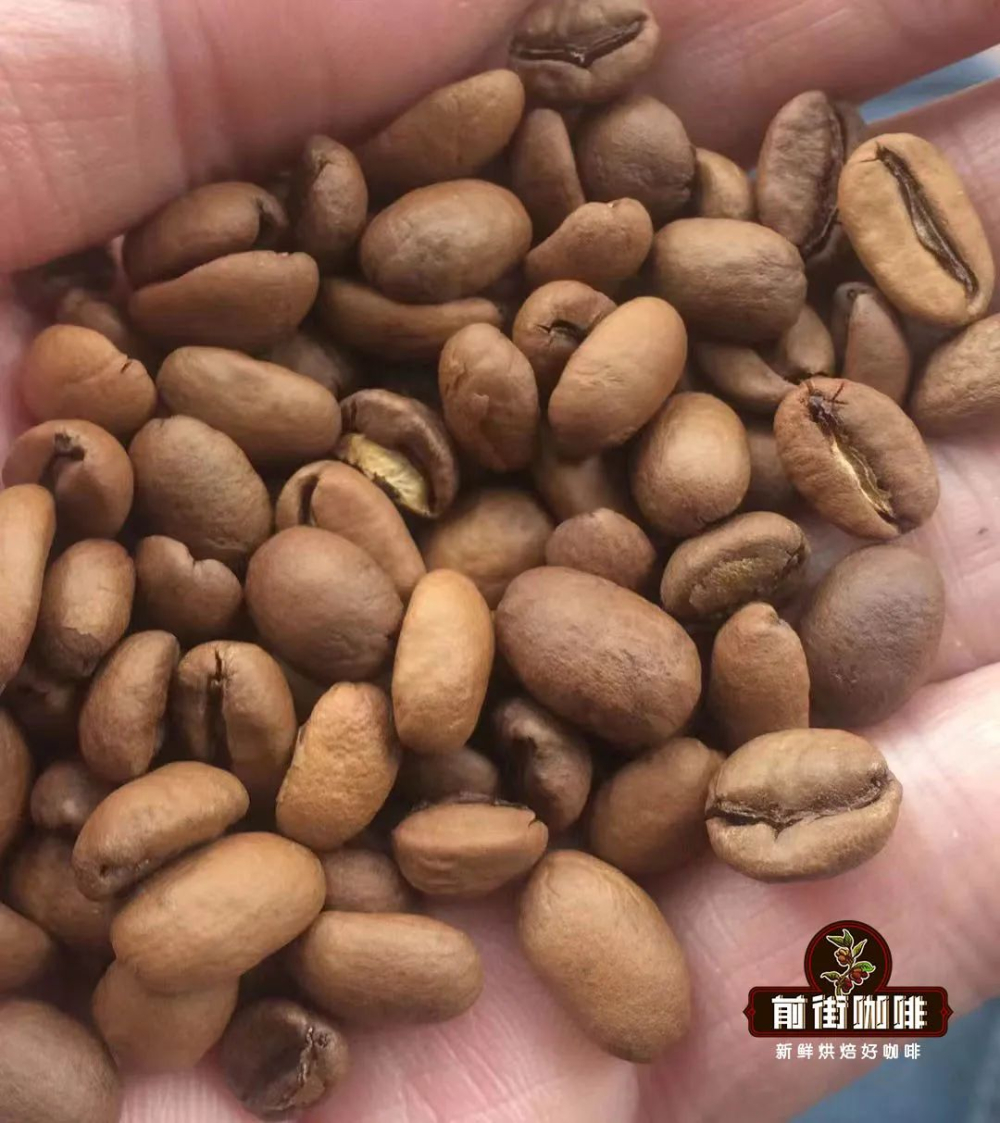
(2017 Huakui Coffee beans)
After winning the championship in 2017, DW further increased its boutique coffee drying stations in Dimtu Town, the core producing area of Hambella Wamena Wereda, in which sunbeds are concentrated in the five villages of "Buku Abel Kebele", "Tirtiro Goye Kebele", "Seke Bokosa", "Haro Soresa" and "Buku Saysay".
The Buku Able you know is actually a village in the town of Dimtu. However, due to the problem of translation, it was translated directly into Buku Able processing plant / station, which is actually the processing station in Buku Able.

According to Hongshun, which specializes in the entrance of Huakui coffee beans, Buku Abel village is small, with an area of about 25 kilometers, including 3-5 treatment stations, each with 20-30 drying beds.
A treatment station can cover about 5 kilometers of hilltop red fruit, so each treatment station can produce about 50-100 tons of sunny G1 coffee beans each season, which means that Buku Abel village can produce about 500 tons of Sakui coffee beans each new season.
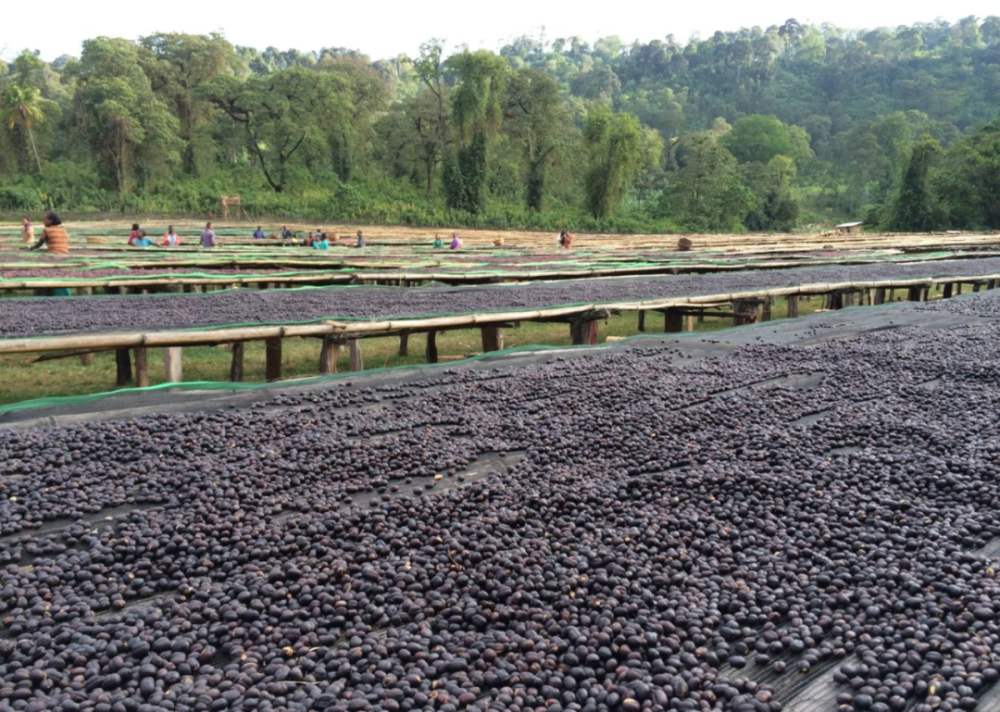
In terms of planting areas and processing plants, in all these estates and treatment plants, only the treatment stations from the village of "Buku Abel" will cover the small areas where champion sunflower beans were originally produced.
Although Buku Abel village accounts for the bulk of the processing capacity, so we can see that most of the Sakuran are from Buku abel. Compared with that year, the harvest range of Sakuran has expanded, so it does not mean that only sun-tanned G1 coffee beans from the Buku Abel village processing plant can be called Sakui coffee beans.
What's wrong with other Buku xxx except Buku abel?
In fact, it is a neighboring village. All the places with the same surname must be next to each other, separated at most. Just across the road, the coffee fruit in charge must also be in the neighborhood, not far apart, and the climate of the coffee bean-growing area is not much worse.
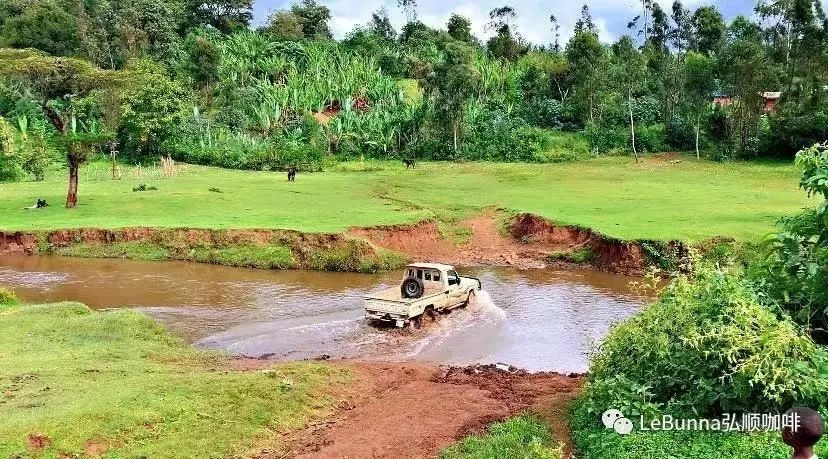
At the same time, because many farmers send their fruits to the treatment station in Buku abel village, the treatment in other villages is naturally not that large. The export must be honest, which village will be marked, but this does not affect that these are coffee beans managed by DW.
Therefore, the sun G1 coffee beans treated in the five villages of "Buku Abel Kebele", "Tirtiro Goye Kebele", "Seke Bokosa", "Haro Soresa" and "Buku Saysay" are all Sakuran.
Why is it that today's Sakui 7.0 doesn't taste like Hua Kui?
In the final analysis, Huakui coffee beans are actually sun-dried G1 coffee beans in Humberra, just ordinary and traditional sun-dried. As a crop, the flavor of coffee beans must be affected by various factors such as soil, climate, sun time, humidity and so on.
Sakuran in 2017 tastes good because it is just right at the right time, resulting in its rich strawberry aroma and creamy smoothness.
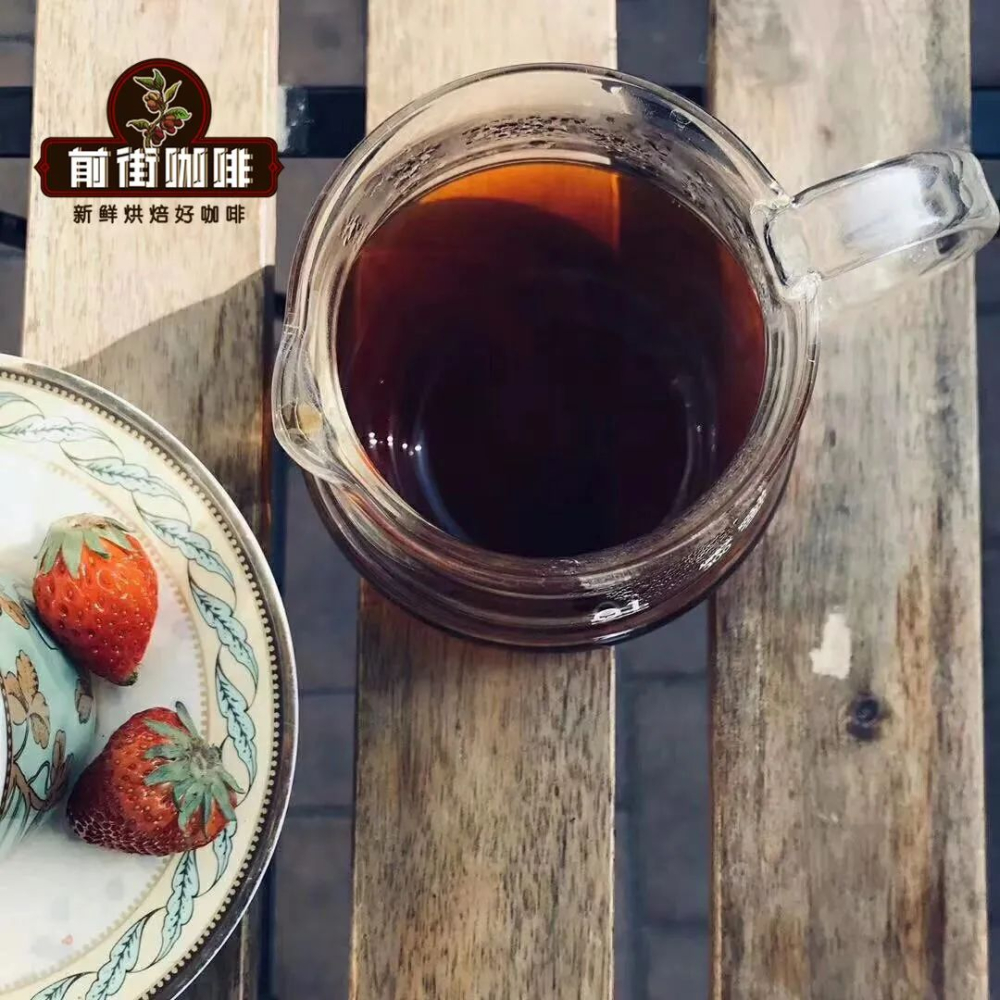
It can be said that it is luck when it tastes so good, but it doesn't happen every year. By the beginning of the 2018 production season, the G1 coffee beans planted in the relevant areas and in the sun at the relevant stations are no longer the taste of the 2017 production season, so in theory, there is no such thing as "Hua Kui flavor".
In order to make a distinction, domestic raw bean companies made an X.0 distinction for subsequent batches of each year. Subsequently, Sakuran 2.0 was launched in 2018 and Sakuran 3.0 and 3.1 in 2019.
During this period of time, Qianjie Coffee found that the flavor and aroma of small Huakui coffee beans were very similar to those of champion Huakui coffee beans in 2017. At the beginning, Qianjie drank a flavor similar to that of 17-year-old Sakuran in 2018 and 2019, but its thickness and aftertaste were not as good as those of 2017.
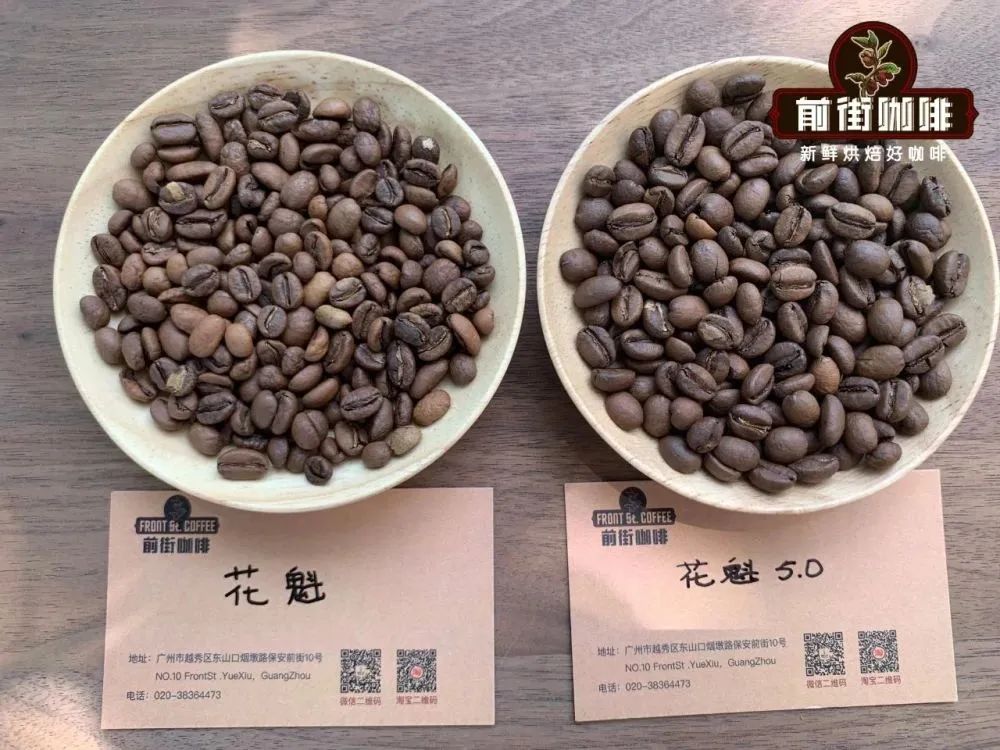
(comparison between Huakui small Grain and Huakui 5.0)
By comparing different batches of Sakui, we realize that the main source of the aroma of Sakui in 2017 is that there are some very small varieties of Sakui coffee beans in 2017, and similar small grains of coffee appeared in Sakui in 2018 and 2019. Sometimes there are several sacks of similar small beans in ten sacks. In 19 years, we confirmed this information and told the raw bean side that since 2020, Sakuran has split into 4.0 and Xiaogui, so Xiaogui does not belong to the [X.0] series.
Last year, because the appearance of Sakui 6.0 raw beans is not so pretty, so last year Qianjie coffee has been selling small grains of Sakuran, not on the shelves of Sakui 6.0 coffee beans.
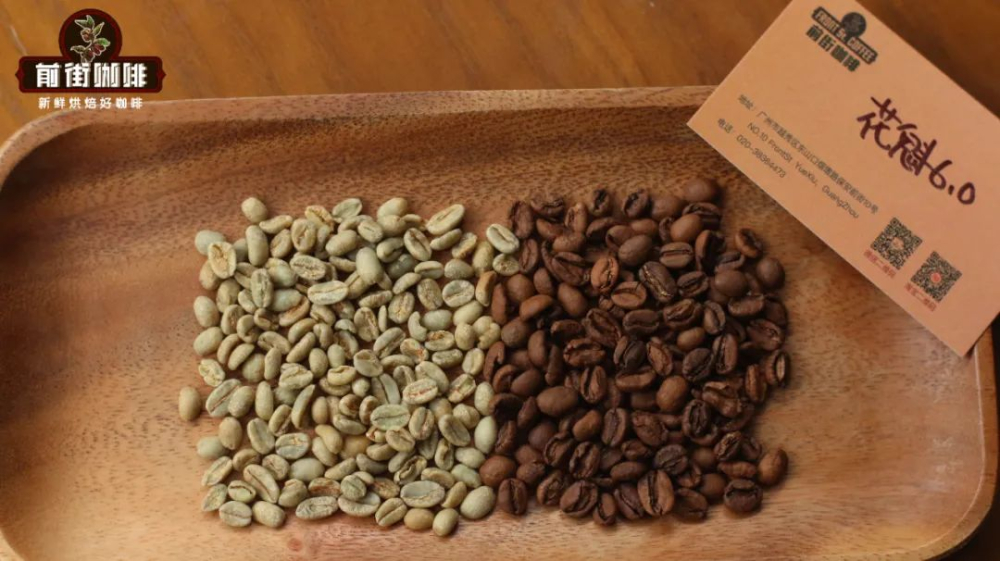
In the new production season of 2023, Sakui 7.0, Qianjie coffee was also obtained as soon as the raw beans arrived in Hong Kong. According to the comparative observation, there are not many appearance problems on the raw beans of Huakui 7.0 this year.
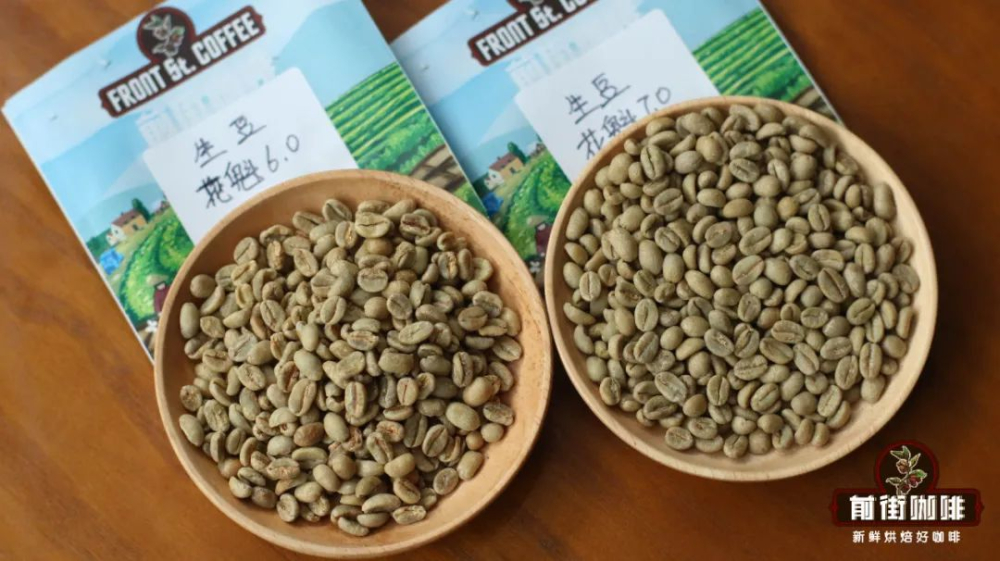
As it is a new season coffee beans, the water content will be relatively high, and the taste of grass will be more obvious. In response to this situation, the Qianjie baker made adjustments to the curve, and then roasted the Sakui 7.0 coffee beans to a medium-shallow level.
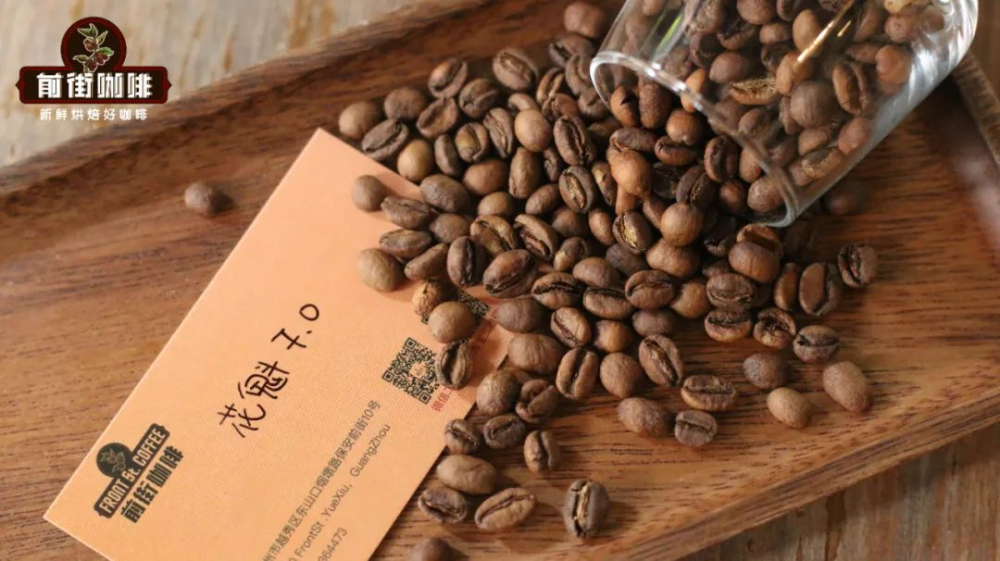
Twelve hours after the baking, all the people on Qianjie carried out a cup test. Through the comparison cup test and the participants' cup test results, we can see that the dry aroma of Huakui 7.0 in the new season shows the aroma of citrus, the wet fragrance shows the aroma of berry, the acidity of citrus after sipping, the sweetness and taste of apricot juice, the aroma of passion fruit and tea-like sweetness.
Looking back at the flavor characteristics of Sidamo sun-dried coffee beans: sweet citrus, full berry aroma and tropical fruit flavor, Sakui 7.0 coffee beans can be said to be a typical Sidamo sun-dried coffee beans.
-END-
Important Notice :
前街咖啡 FrontStreet Coffee has moved to new addredd:
FrontStreet Coffee Address: 315,Donghua East Road,GuangZhou
Tel:020 38364473
- Prev

What's the difference between G1 and G2 Yega Xuefei? Classification of coffee beans in Ethiopia
We know that coffee beans are usually graded according to the actual situation of the growing country, such as Kenyan coffee, altitude, blue mountain coffee, and coffee defect rate, such as Ethiopian coffee. Ethiopia, as the gene bank of Arabica, has a wide variety of coffee.
- Next
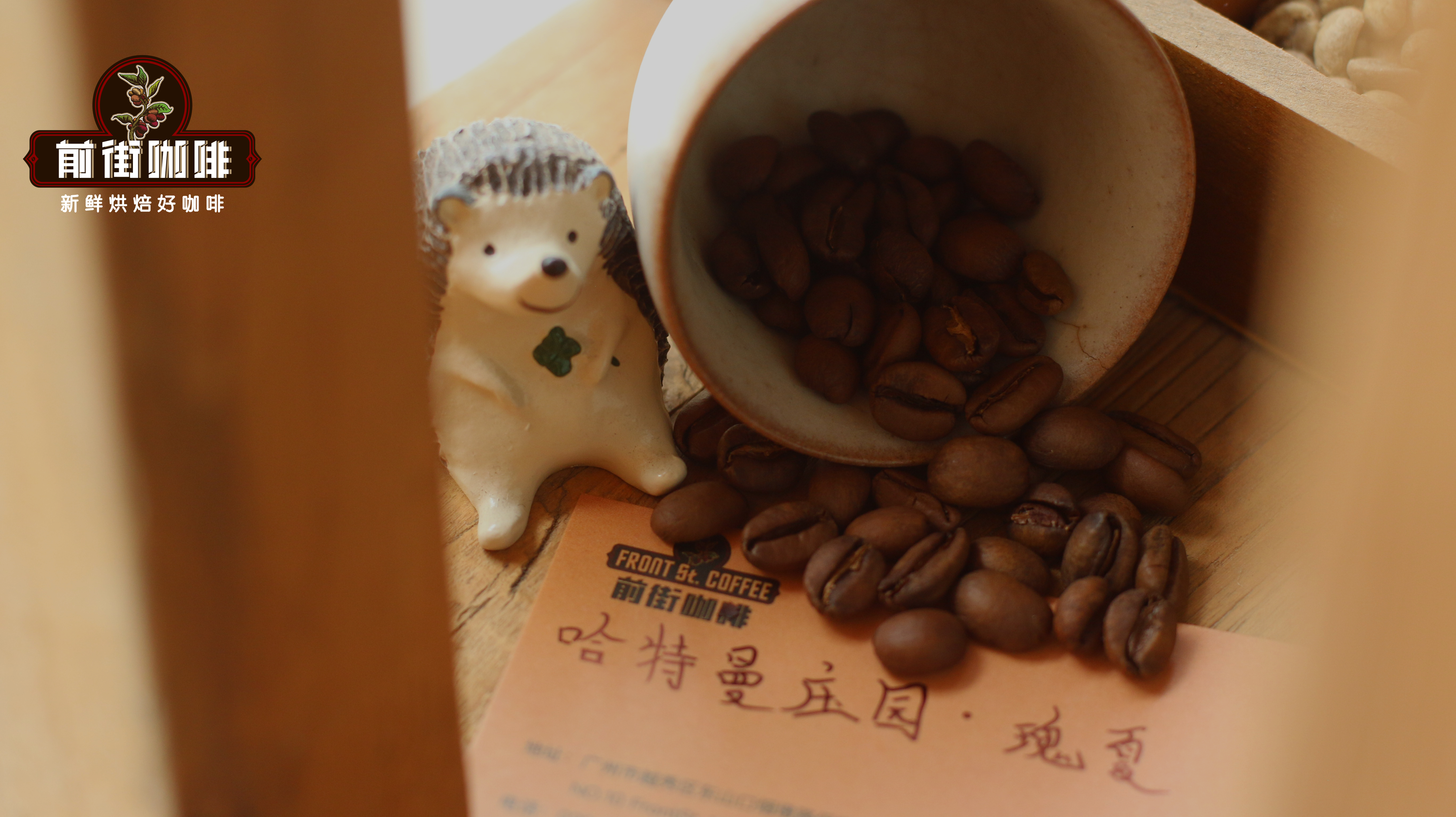
Characteristics of coffee flavor of Hartmann Manor in Walken area of Panama in anaerobic sun-drying Hartman Rose Summer
Front Street Coffee: Panamanian Hartman Manor Rose Summer Coffee Bean country: Panamanian Grade: SHG production area: Walken Manor: Hartman Manor elevation: 2100 meters above sea level: anaerobic sun treatment varieties: rose summer flavor: bergamot, pineapple juice, passion fruit, Earl Grey Tea, blueberry, apricot Panama Walken
Related
- Detailed explanation of Jadeite planting Land in Panamanian Jadeite Manor introduction to the grading system of Jadeite competitive bidding, Red bid, Green bid and Rose Summer
- Story of Coffee planting in Brenka region of Costa Rica Stonehenge Manor anaerobic heavy honey treatment of flavor mouth
- What's on the barrel of Blue Mountain Coffee beans?
- Can American coffee also pull flowers? How to use hot American style to pull out a good-looking pattern?
- Can you make a cold extract with coffee beans? What is the right proportion for cold-extracted coffee formula?
- Indonesian PWN Gold Mandrine Coffee Origin Features Flavor How to Chong? Mandolin coffee is American.
- A brief introduction to the flavor characteristics of Brazilian yellow bourbon coffee beans
- What is the effect of different water quality on the flavor of cold-extracted coffee? What kind of water is best for brewing coffee?
- Why do you think of Rose Summer whenever you mention Panamanian coffee?
- Introduction to the characteristics of authentic blue mountain coffee bean producing areas? What is the CIB Coffee Authority in Jamaica?

